Customization Demand
Customization is a pivotal driver in the Aluminum Anodizing Market. As consumer preferences evolve, there is a growing demand for tailored solutions that meet specific aesthetic and functional requirements. Industries such as automotive, aerospace, and architecture are increasingly seeking anodized aluminum products that can be customized in terms of color, finish, and texture. This trend is supported by advancements in anodizing technology, which allow for greater flexibility in design and production. Market data indicates that the customization segment is expected to account for approximately 30% of the total anodizing market by 2026. This demand for personalized products not only enhances customer satisfaction but also encourages manufacturers to innovate, thereby propelling growth within the Aluminum Anodizing Market.
Growing Automotive Sector
The growing automotive sector is a significant driver for the Aluminum Anodizing Market. With the automotive industry increasingly focusing on lightweight materials to improve fuel efficiency and reduce emissions, anodized aluminum has emerged as a preferred choice. The lightweight nature of aluminum, combined with the protective qualities of anodizing, makes it ideal for various automotive components, including body panels, wheels, and structural parts. Recent data indicates that the demand for anodized aluminum in the automotive sector is projected to grow by 25% over the next five years. This trend is further supported by the shift towards electric vehicles, which require lightweight materials to enhance performance. As the automotive sector continues to expand, the Aluminum Anodizing Market is poised to benefit significantly from this upward trajectory.
Architectural Applications
Architectural applications represent a vital driver in the Aluminum Anodizing Market. The aesthetic appeal and durability of anodized aluminum make it a popular choice for building facades, window frames, and roofing systems. As urbanization accelerates, the demand for innovative and sustainable building materials is on the rise. Anodized aluminum not only offers a modern look but also provides excellent resistance to weathering and corrosion, making it suitable for various climates. Market forecasts suggest that the architectural segment will account for approximately 40% of the total anodizing market by 2027. This growth is likely fueled by increasing investments in infrastructure and a shift towards sustainable construction practices. Consequently, the Aluminum Anodizing Market is expected to thrive as architects and builders increasingly opt for anodized aluminum solutions.
Sustainability Initiatives
The Aluminum Anodizing Market is increasingly influenced by sustainability initiatives. As environmental concerns gain prominence, industries are seeking eco-friendly alternatives. Anodizing aluminum not only enhances its durability but also reduces the need for harmful coatings. This process is inherently sustainable, as it utilizes minimal energy and produces less waste compared to other finishing methods. Furthermore, the recycling potential of anodized aluminum contributes to a circular economy, appealing to manufacturers aiming to meet stringent environmental regulations. The market is projected to grow as companies adopt greener practices, with an estimated increase in demand for anodized products by 15% over the next five years. This shift towards sustainability is likely to drive innovation within the Aluminum Anodizing Market, fostering the development of new, environmentally friendly anodizing techniques.
Technological Advancements
Technological advancements play a crucial role in shaping the Aluminum Anodizing Market. Innovations in anodizing processes, such as the development of new electrolytic solutions and improved equipment, have enhanced the efficiency and quality of anodized products. These advancements enable manufacturers to achieve superior finishes and greater corrosion resistance, which are essential for various applications. Additionally, automation and digitalization in the anodizing process are streamlining operations, reducing costs, and minimizing human error. Market analysis suggests that the adoption of advanced technologies could lead to a 20% increase in production capacity within the next few years. As manufacturers embrace these innovations, the Aluminum Anodizing Market is likely to experience significant growth, driven by enhanced product offerings and operational efficiencies.


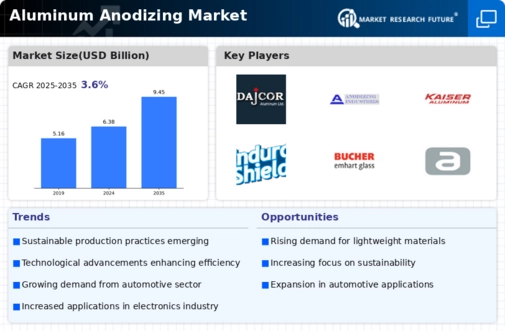

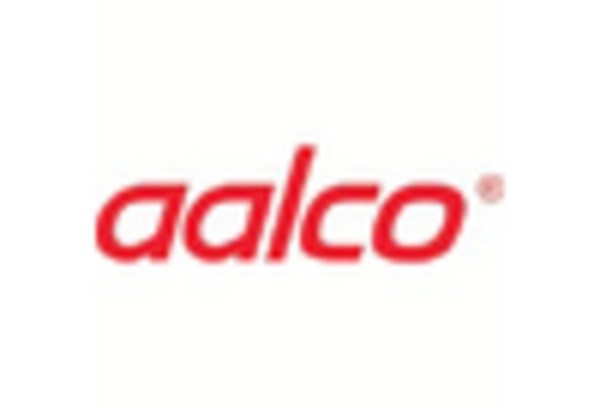
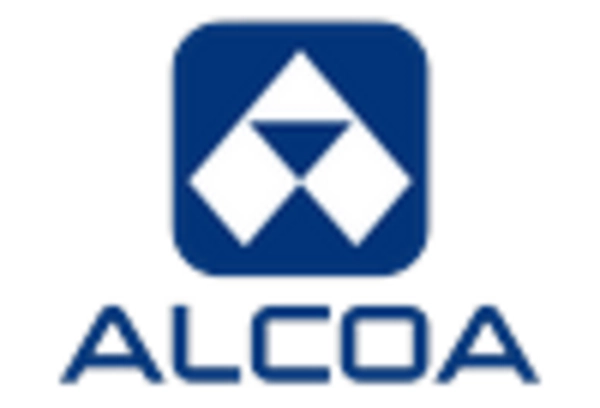
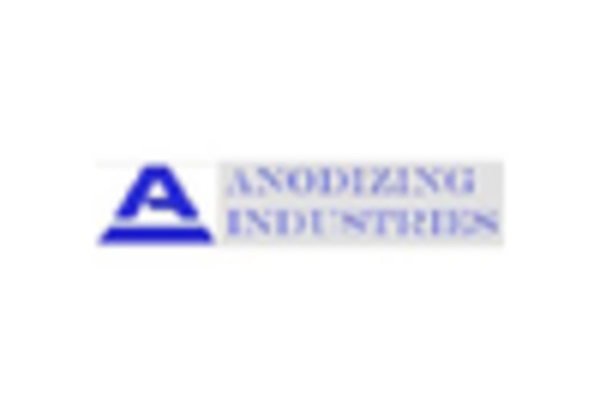
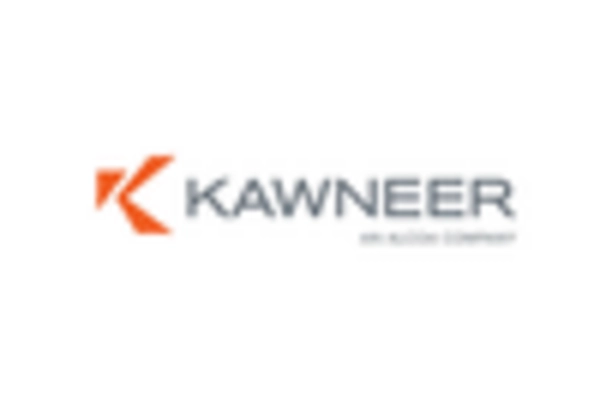
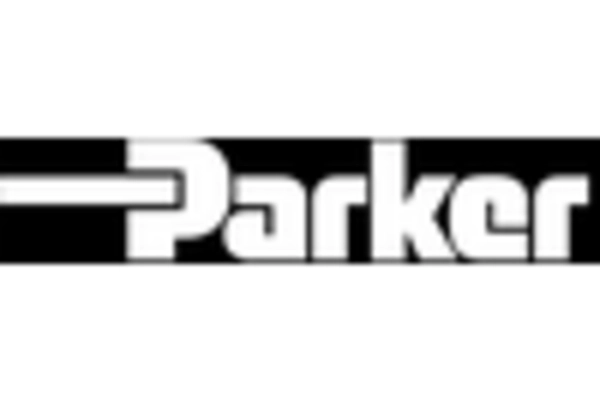
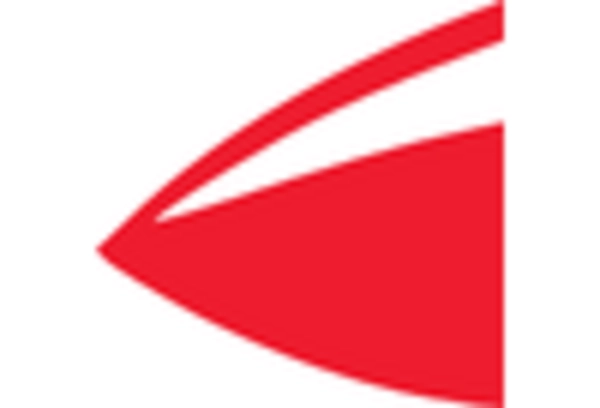








Leave a Comment